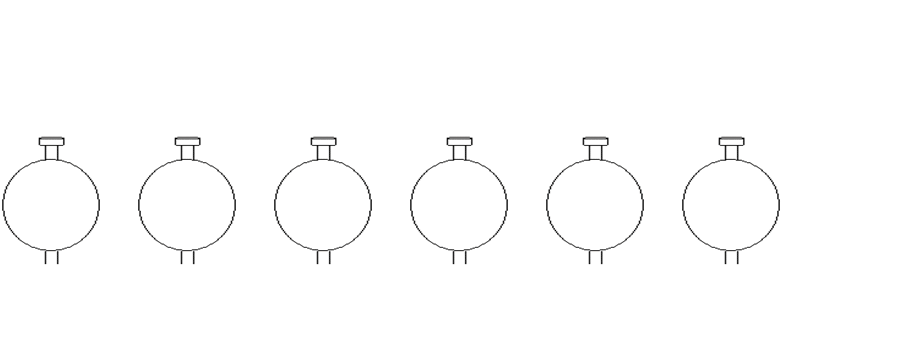

Centrifugal Partition Chromatography (CPC) is one of the various techniques constituent of Countercurrent Chromatography (CCC).
Centrifugal Partition Chromatography is also known as Hydrostatic Countercurrent Chromatography. This refers to the rotary movement of the column which rotates around one single rotation axis, contrary to Hydrodynamic Countercurrent Chromatography systems that have a planetary rotation movement around two rotating axes.
Centrifugal Partition Chromatography is a liquid-liquid chromatography technique. The Kromaton Fast Centrifugal Partitioning Chromatograph thus functions based on the principles of liquid/liquid partitioning chromatography: two immiscible liquid phases are mixed together to form a two-phase system, and are then separated multiple times. The individual solutes are isolated based on the different partitioning coefficients of each compound in this two-phase system.
One of the liquid phases of the two-phase system is used as a stationary liquid phase: it is fed into the column (the rotor) while the latter is spinning at moderate rotational speed. The stationary phase is retained inside the rotor by the centrifugal force generated.
The second phase of the two-phase system is used as the mobile phase containing the solutes to be extracted. It is fed under pressure into the rotor and pumped through the stationary phase.
Both phases are mixed together. It is at that time that the exchange of molecules between the two phases occurs. The separation of the solutes is achieved as a function of the specific partitioning coefficient (Kd) of each solute between the mobile and stationary phases. The mobile phase then decants at each cell outlet thus entering the next cell.
The eluted fractions of the mobile and stationary phases are collected over a period of several minutes to several hours. These fractions, or eluates, will contain individual, purified solutes.

The Fast Centrifugal Partition Chromatograph FCPC’s rotor consists of several individual Twin Cell discs, the number of which varies based on the process.

Seals (gaskets) are positioned between adjacent discs so as to isolate the cells from one disc to the other.
The discs are aligned in such a way that all the cells are in series, thus creating several hundred extraction stages.
Each cell corresponds to a discrete extraction stage where the two phases are mixed together before decantation.
Centrifugal Partition Chromatography is a preparative chromatography technique. It is an alternative to classic purification techniques such as preparative HPLC (High-Performance Liquid Chromatography) or Flash Chromatography.
Centrifugal Partition Chromatography can be used for:

Because there is no packed solid-phase required, Centrifugal Partition Chromatography and the FCPC range offers many benefits:
